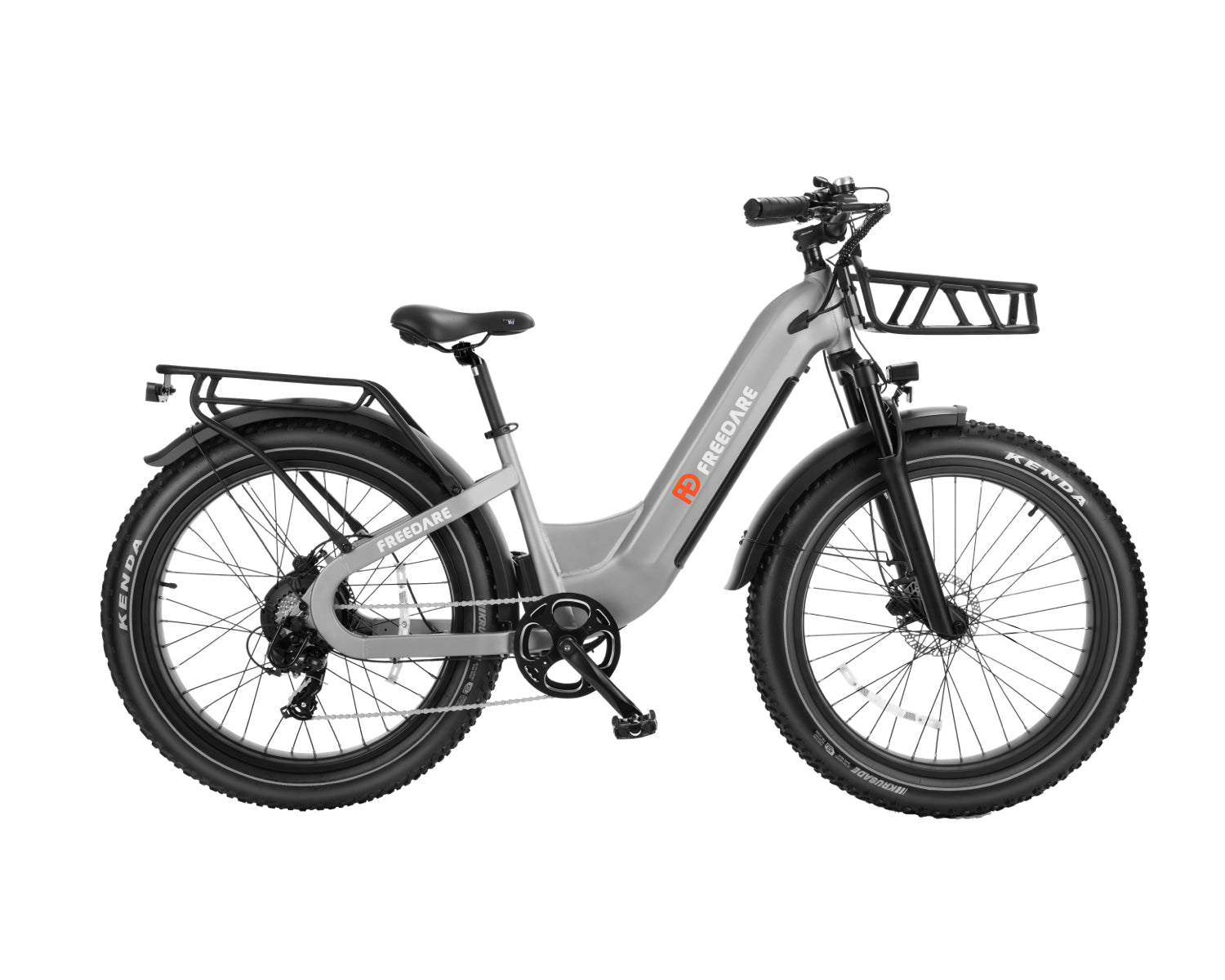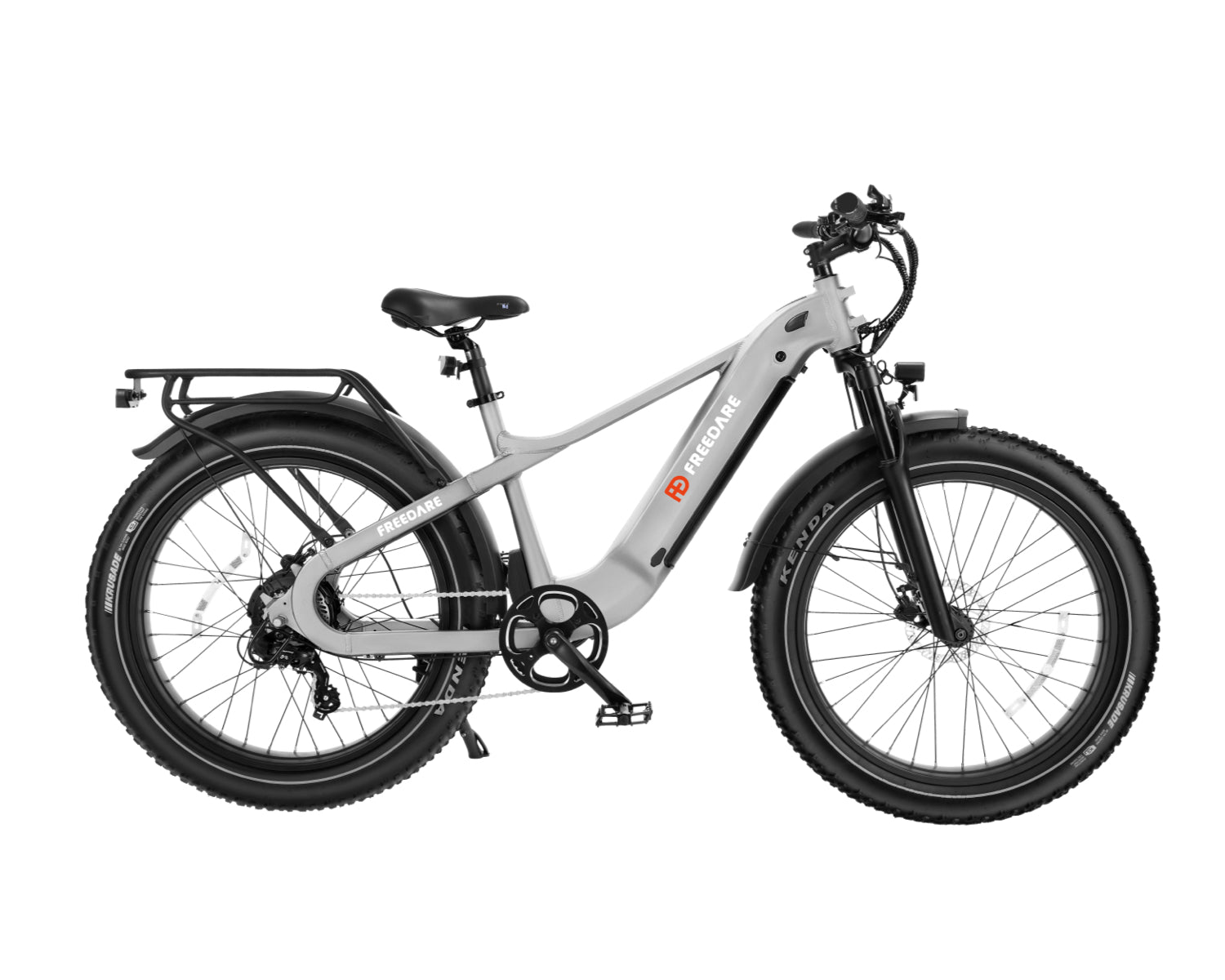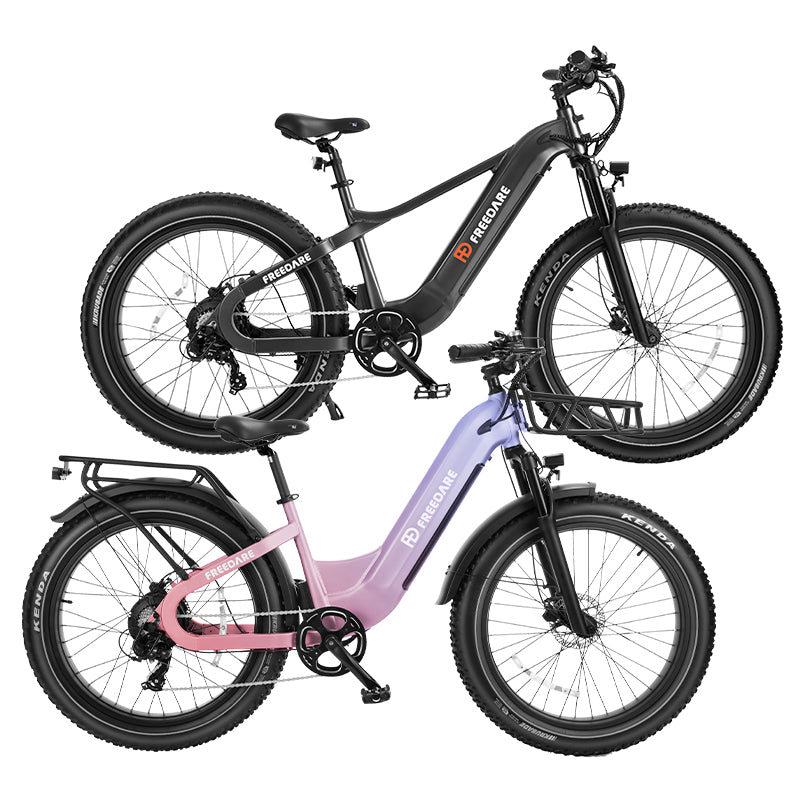Electric Bike Maintenance Guidance

Regular maintenance of any e-bike is key to ensuring the best possible performance and reducing wear and tear on systems. Ideal service intervals vary depending on use conditions. But do you know the guidelines? We generally recommend inspections, service, and necessary replacements be performed at the time and distance intervals described below, but you should have your e-bike serviced more frequently if you ride aggressively, with heavy payloads, or in harsh conditions. You should also have your e-bike inspected immediately if you notice problems or the e-bike has been involved in a fall or other accident.
Matters need attention:
Have your electric bike inspected by a certified, reputable bike mechanic after any fall, crash, or accident, as these can cause damage (visible or internal/not readily apparent, make your bike unsafe. Be particularly cautious about using a battery that has experienced a significant impact from a fall or crash; a damaged battery may not show external signs of damage. Using a damaged battery or charger can create additional bike damage or a fire hazard.
The following lists 4 stages of recommended maintenance intervals for you.
First period of 50-100 miles (80-160km)
Inspect:
- Check all cables and the chain for stretch.
- Check spoke tension and the trueness of the wheels
- Check all bolted connections for loosening and ensure they are tightened to recommended torque values
Service:
- Have a certified, reputable bike mechanic perform a thorough tune-up if necessary.
Matters need attention:
Certain components can stretch or loosen during any bike's break-in period, which can lead to component failure and potential injury. Be sure to have a certified, reputable bike mechanic perform a thorough tune-up after this break-in period or sooner if you notice any problems or if you ride aggressively, with heavy payloads, or in harsh conditions.
Weekly, 100-200 miles (160-320 km)
Inspect:
- Check hardware for proper torque
- Check drivetrain for proper alignment and function (including chain, freewheel, chainset, and derailleur).
- Check wheel trueness and spoke tension, and check for quiet wheel operation.
- Check frame for any damage.
Service:
- Clean frame by wiping frame down with damp cloth.
- Clean and grease the chain.
Replace:
- Replace any components confirmed to be broken or damaged beyond repair with original brand product.
Monthly, 250-750 miles (400-1200 km)
Inspect:
- Check brake pad wear, alignment, and the brake lever tension.
- Check for proper shifting and proper derailleur cable tension.
- Check chain stretch.
- Check shifter cables for corrosion and fraying
- Check wheel trueness and spoke tension, and check for quiet wheel operation (without spoke noise)
Service:
- Clean and lubricate drivetrain.
- Check crankset and pedal torque.
- Clean shifter cables
- Tension spokes and true wheels if any loose spokes are found.
Replace:
- Replace shifter cables if necessary.
- Replace brake pads if necessary (typically when the pad material is thinner than the backing plate).
Every 6 months, 750-1250 miles (1200-2000 km)
Inspect:
- Inspect drivetrain (chain, chainwheel, freewheel, and derailleur).
- Inspect all cables and housings.
Service:
- Standard tune-up by certified, reputable bike mechanic.
- Grease bottom bracket.
Replace:
- Replace brake pads.
- Replace tires if necessary.
- Replace cables and housings if necessary.
Comment below and let us know your idea.
- Tags: Maintenance Guide
0 comments





